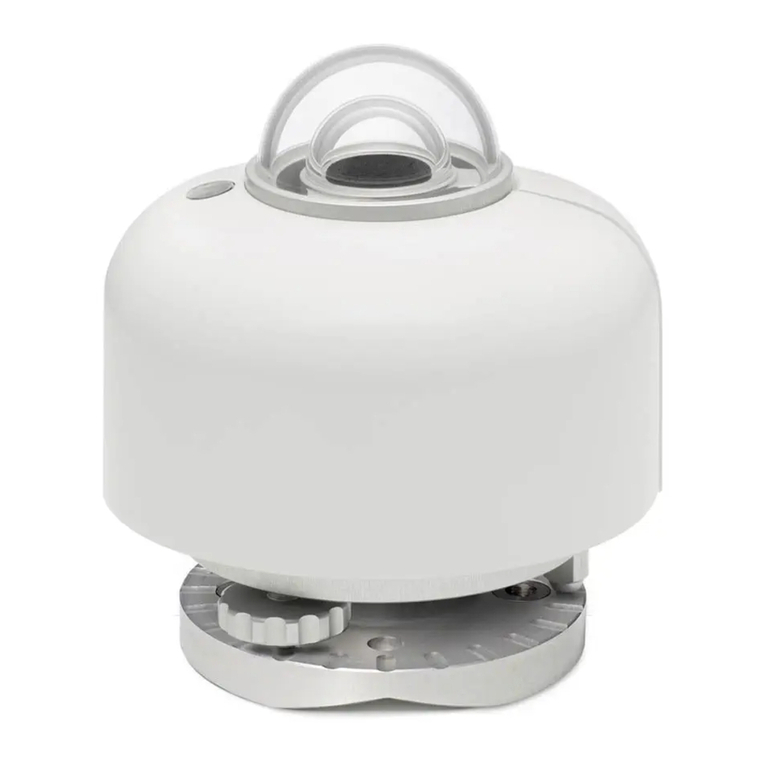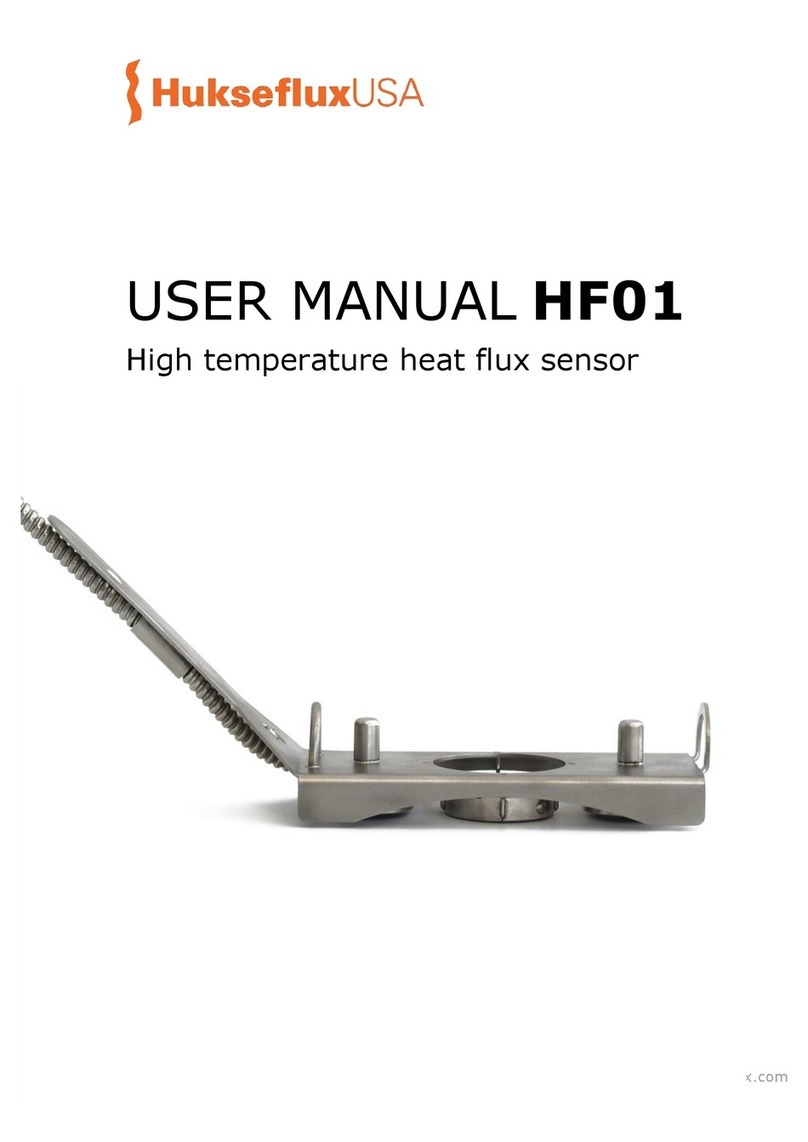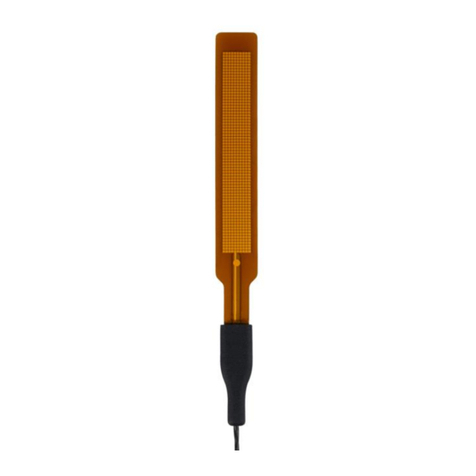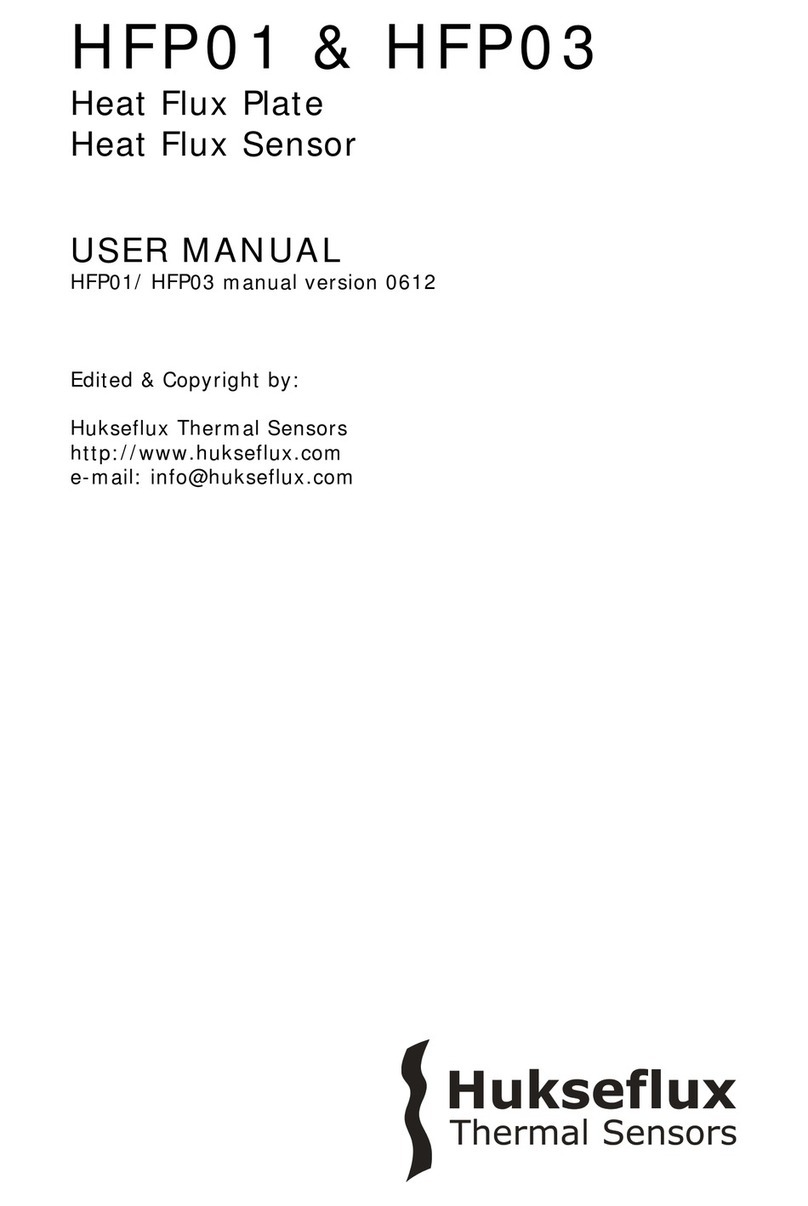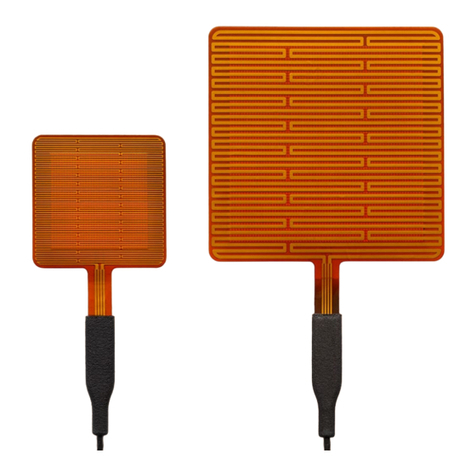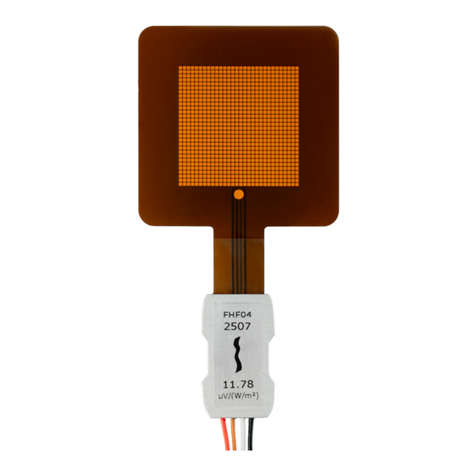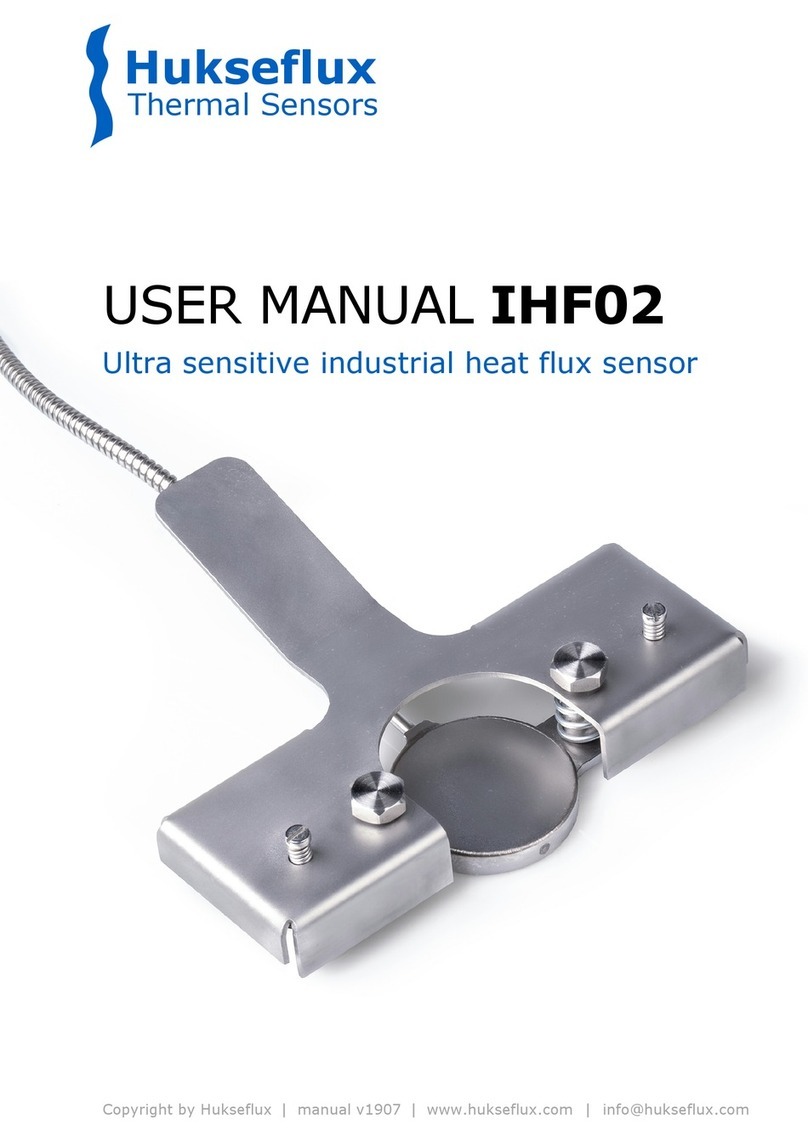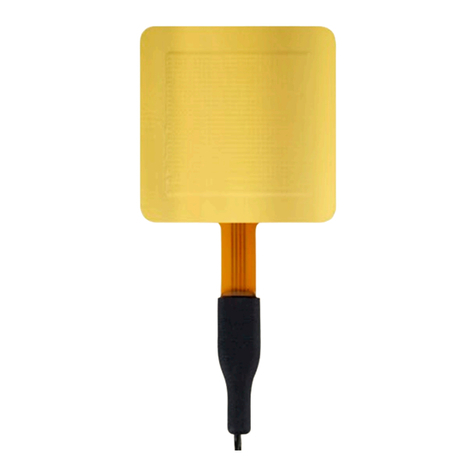TP01 manual v1627 5/35
Introduction
TP01 is a sensor for long-term monitoring of soil thermal conductivity. A measurement
with TP01 may also be used to estimate the soil thermal diffusivity and volumic heat
capacity, leading to a better understanding of dynamic (variable heat flux) thermal
behaviour of soils. TP01 is designed for long-term use at one measurement location.
Applied in meteorological surface flux measurement systems, TP01 improves the
estimates of soil heat flux and of the so-called storage term (see the paragraph about
the storage term). The sensor, combining a heater and a temperature-difference sensor
with a high sensitivity and an extremely low thermal mass, is a proprietary Hukseflux
design.
The sensor inside TP01 is a temperature-difference sensor consisting of 2 thermopiles. It
measures the radial temperature difference around a heating wire with a record breaking
sensitivity. Both the heating wire and the sensor are incorporated in a very thin plastic
foil.
TP01 measures soil thermal conductivity. It is designed for long-term on-site operation,
buried in the soil. Its rated operating range is 0.3 to 4 W/(m∙K), which covers most
inorganic soil types. The low thermal mass of TP01 also makes it suitable for measuring
the soil thermal diffusivity and the volumic heat capacity.
The thermal conductivity, λ, in W/(m·K), is calculated by dividing the TP01 sensitivity, S,
by the sensor output, a small voltage difference ΔU which is a response to stepwise
heating, and multiplying by the applied electrical power Q per meter heating wire.
The measurement function of TP01 is:
λ = S·Q/ ΔU (Formula 0.1)
The factory-determined sensitivity S,as obtained under calibration reference conditions,
is provided with TP01 on its product certificate. TP01 calibration is traceable to
international standards. The recommended calibration interval of TP01 is 2 years.
Thermal diffusivity and volumic heat capacity are estimated from time response to
stepwise heating. These measurements are optional.
The volumic heat capacity is a linear function of soil water content and you may use TP01
measurements to monitor trends in soil water content. Contrary to many other soil water
content sensors, TP01 is not sensitive to contamination by salts and the measurement
still functions in electrically conducting saline or fertilised soils.
TP01 should be incorporated in the user's measurement and control system. It can be
connected directly to commonly used data logging systems. Typically every 6 hours, the
TP01 heater is switched on to perform a measurement.
A typical TP01 is part of a meteorological surface flux measurement system in which also
wind, humidity, soil heat flux, soil temperatures at different depths and net-radiation are
